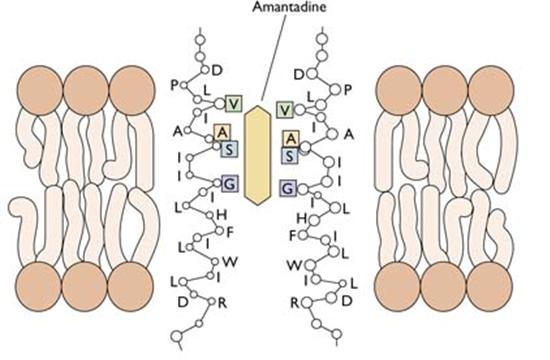Antibacterial materials that cover the surface of the medical/biological device reduce the risk of infection, but often such materials do not properly adhere to the surface

Bacteria have an inherent ability to adhere to surfaces, both natural and synthetic. From the moment they adhere to the surface, they work together to create biofilms (biological layers), thin layers of bacterial colonies capable of covering the surface of a medical device and thereby increasing the risk of infection. As a result, orthopedic implants, catheters and even contact lenses may be sources of infection.
Antibacterial materials that cover the surface of the medical/biological device reduce the risk of infection, but often such materials do not properly adhere to the surface. A research group from the University of South Australia is working on the development of methods for a permanent and stable connection of an antibacterial coating for medical devices by connecting them to a polymer sheath.
The Australian researchers began their research by applying polymer coating in plasma, a method suitable for many different materials, including glass, metal, and many polymers commonly used in medical devices. This extremely thin sheath serves as a kind of scaffolding to which substances are attached that are able to prevent the bacterium from attaching to the surface by blocking the attachment mechanism of the cell or the replication of this cell, if it does manage to settle on the surface.
In the study, the scientists compared a number of different antibiotic substances that coated the polymers, including common antibiotic drugs, silver nanoparticles and new medicinal compounds extracted from traditional medicinal plants in Australia itself. Each of the approaches has disadvantages and advantages that must be considered before using them as a coating in a medical device implanted in the human body.
"We believe that there is no single and universal solution and therefore we are interested in developing a collection of appropriate approaches," explains researcher Hans Griesser from the University of South Australia. "The new compounds extracted from the medicinal plants are structurally different from known antibacterial drugs, and they are effective against a strain resistant to common drugs. That's why we are so excited about them."
